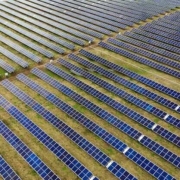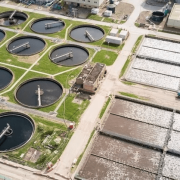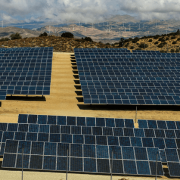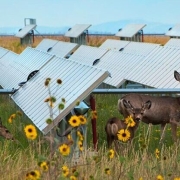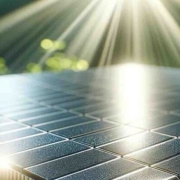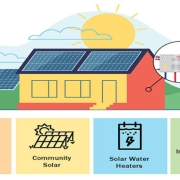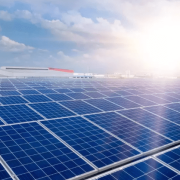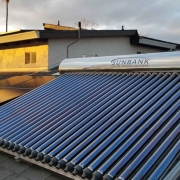U.S. President Joe Biden‘s administration said on Thursday it had finalized a plan to expand solar energy on federal lands in 11 Western states, part of a broader push to speed the permitting and construction of big infrastructure projects.
The White House wants to accelerate approval of projects ranging from power transmission to wind and solar farms as it seeks to decarbonize the power sector to fight climate change, and is eager to tout its “Investing in America” agenda ahead of the November presidential election.
Click here to read the full article
Source: Fast Company
—
If you have any questions or thoughts about the topic, feel free to contact us here or leave a comment below.

